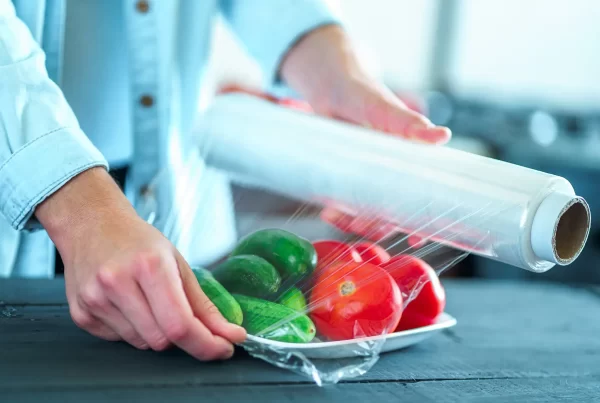Packaging is an essential component in food preservation, but it is also a potential source of contamination if not managed properly. Interactions between packaging and food can lead to health risks for consumers.
Let’s see together best practices to manage and minimize these interactions, ensuring the safety and quality of food products.
Understanding the Interactions between Packaging and Food
First of all, it is important to understand what kind of interactions can occur between packaging and food. Migration of substances from material to food can be of a physical, chemical or biological nature. These can change the chemical composition of the food, affecting its safety, taste, smell and shelf-life.
Risk assessment
Risk assessment is a critical step in managing packaging/food interactions. This process includes:
- Identify potential substances that could migrate from the material to the food.
- Assess the extent of migration.
- Determine the potential impact on consumer health and food quality.
Best Practices for Food Safety
To ensure safety and limit harmful interactions, it is important:
- Material Selection: Choose materials that have been specially designed and tested to be in contact with food.
- Production Standards: Implement high production standards and good manufacturing practices to reduce cross contamination.
- Testing and Monitoring: Perform regular testing of materials and finished products to detect any critical substances.
- Innovative Design: Design packaging to reduce the area of contact with food and, if necessary, use barriers that minimize the migration of substances.
- Personnel Training: Ensure that all employees are properly trained in food packaging safety practices.
Effective management of interactions between packaging and food is essential to ensure that food is safe for consumption. By following best practices, Companies can significantly contribute to food safety and consumer health protection.



